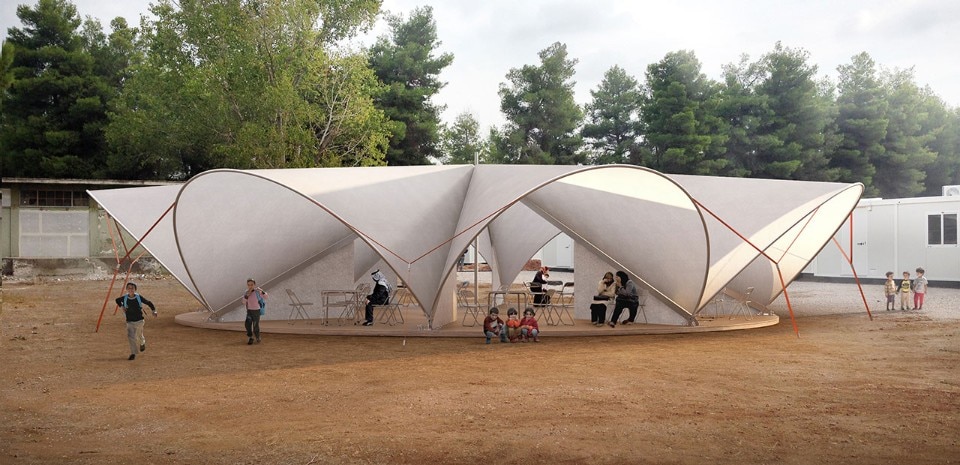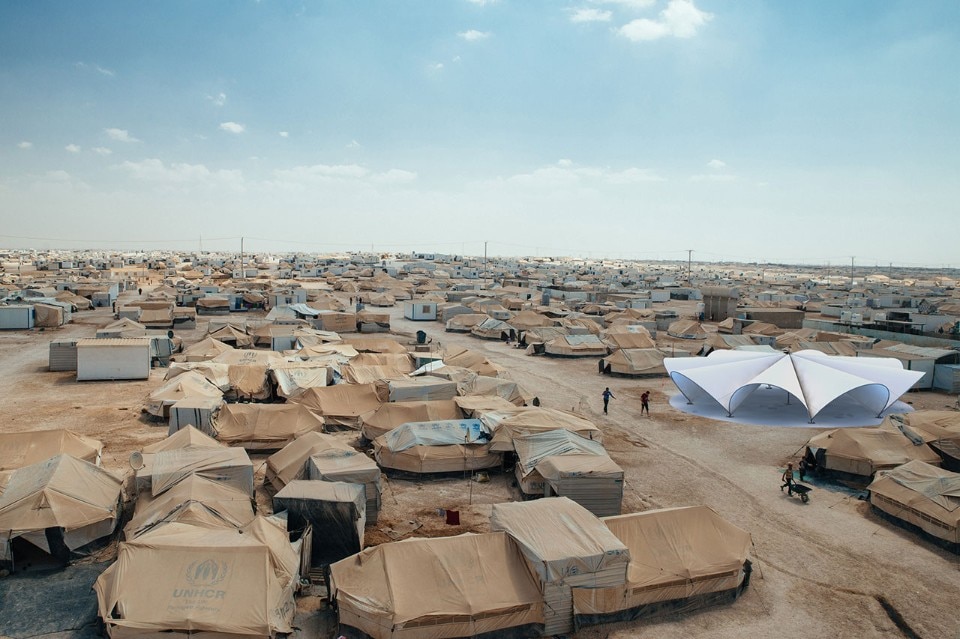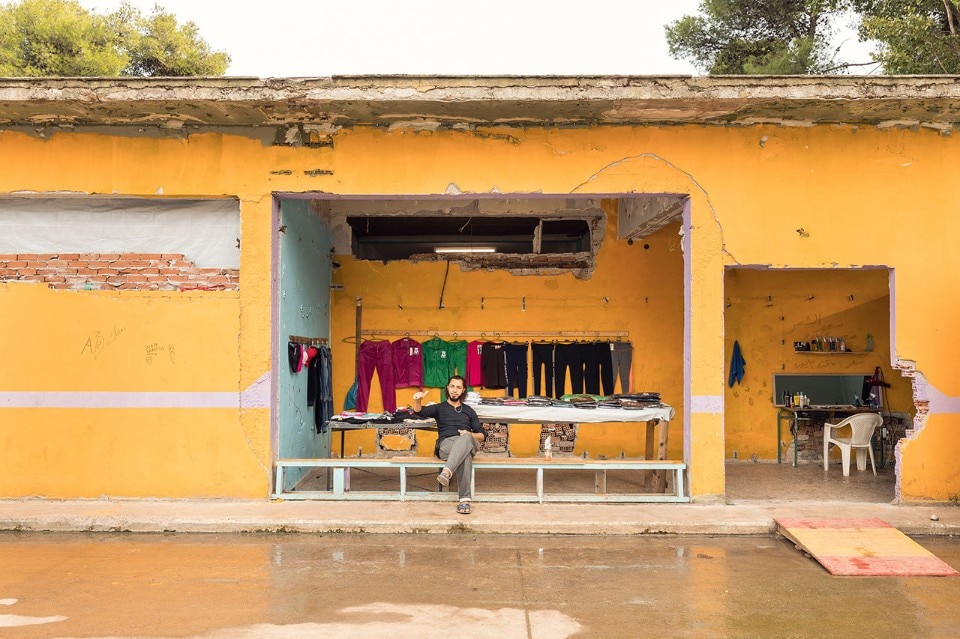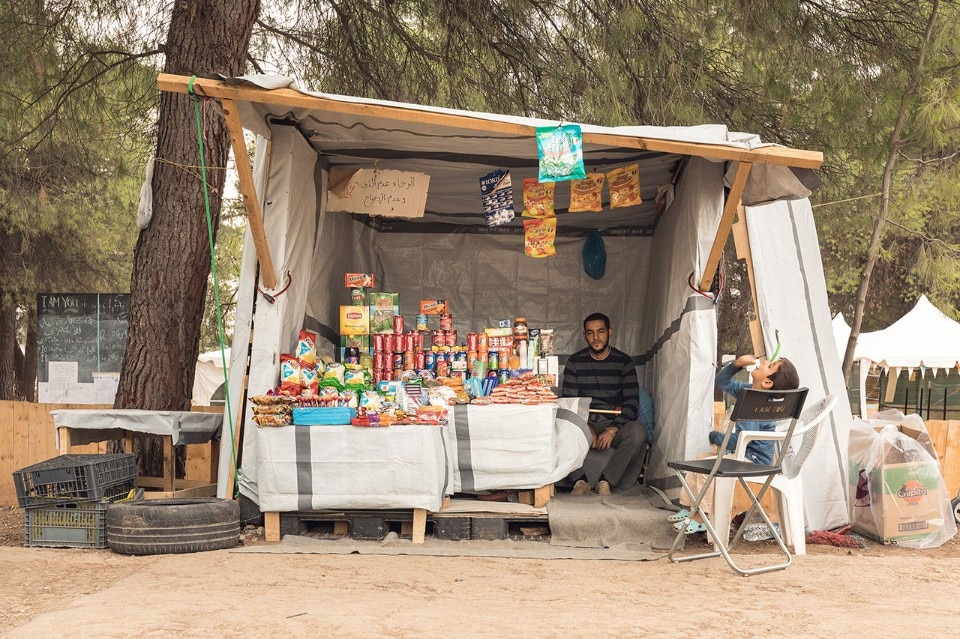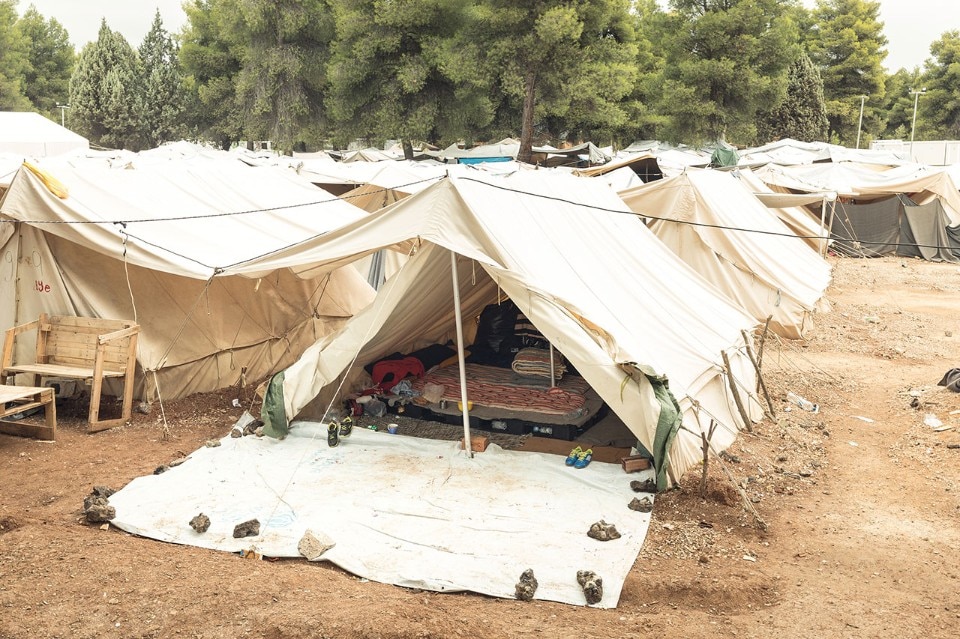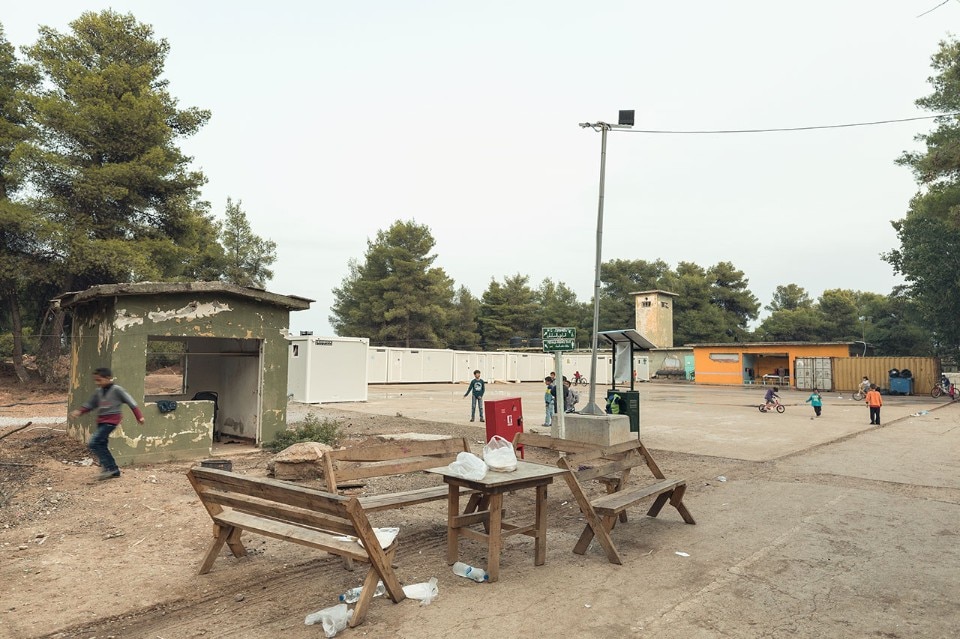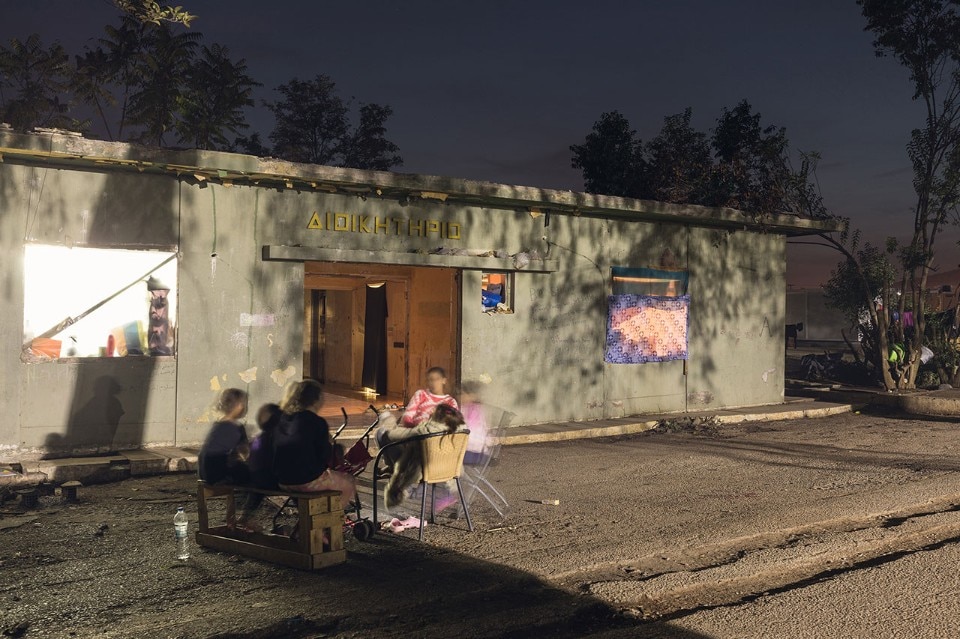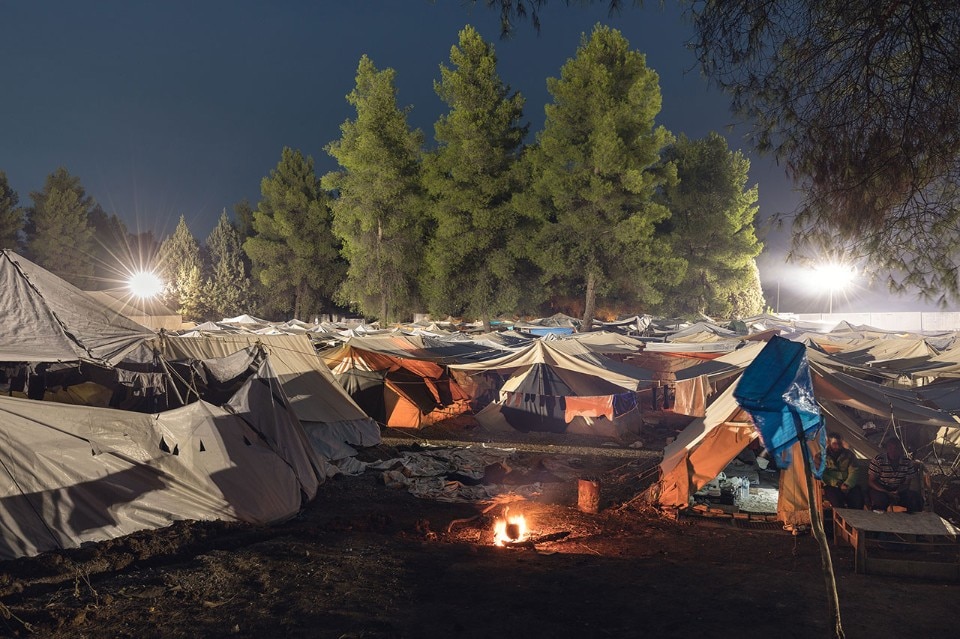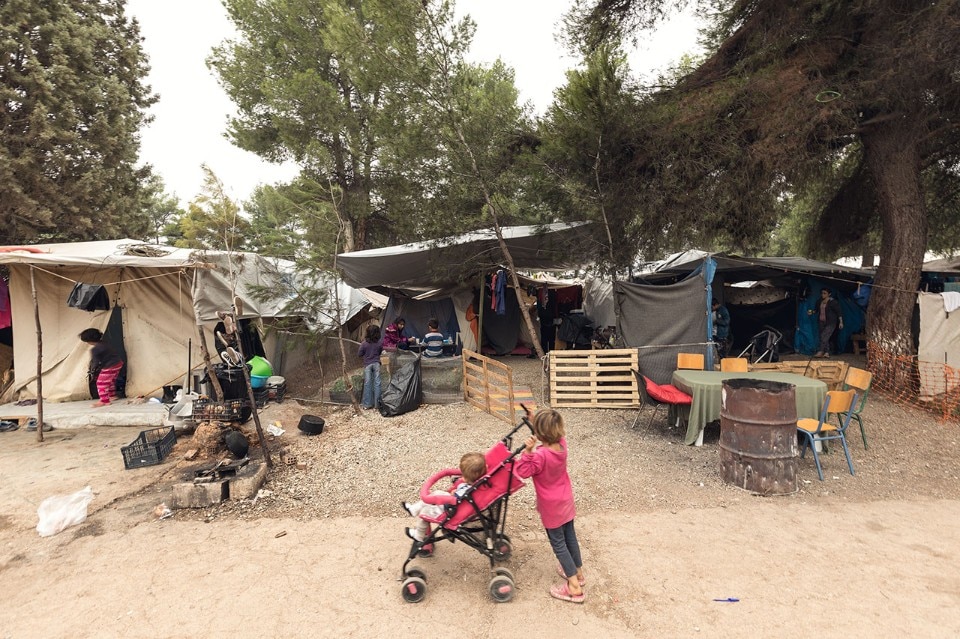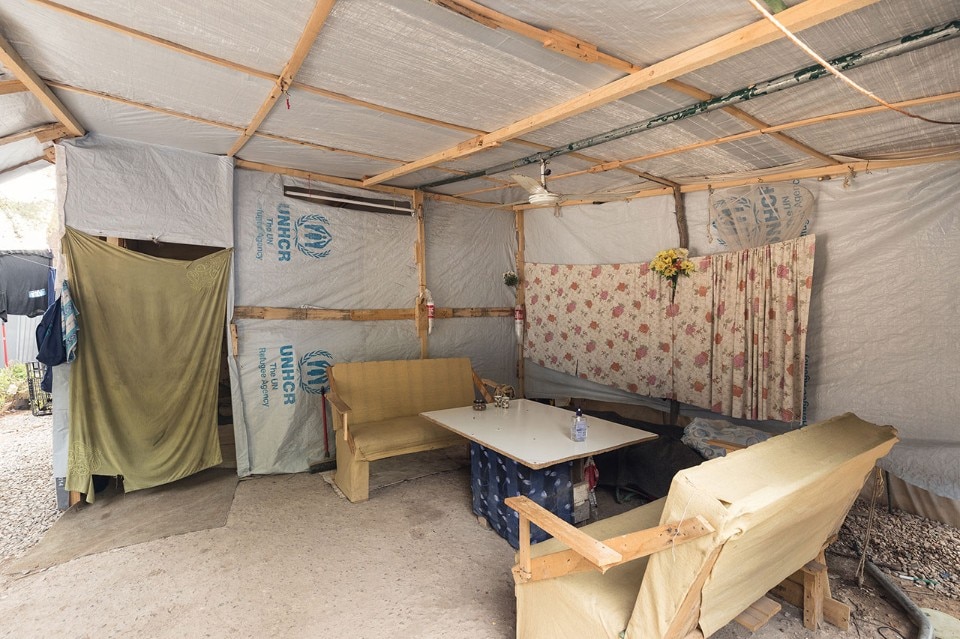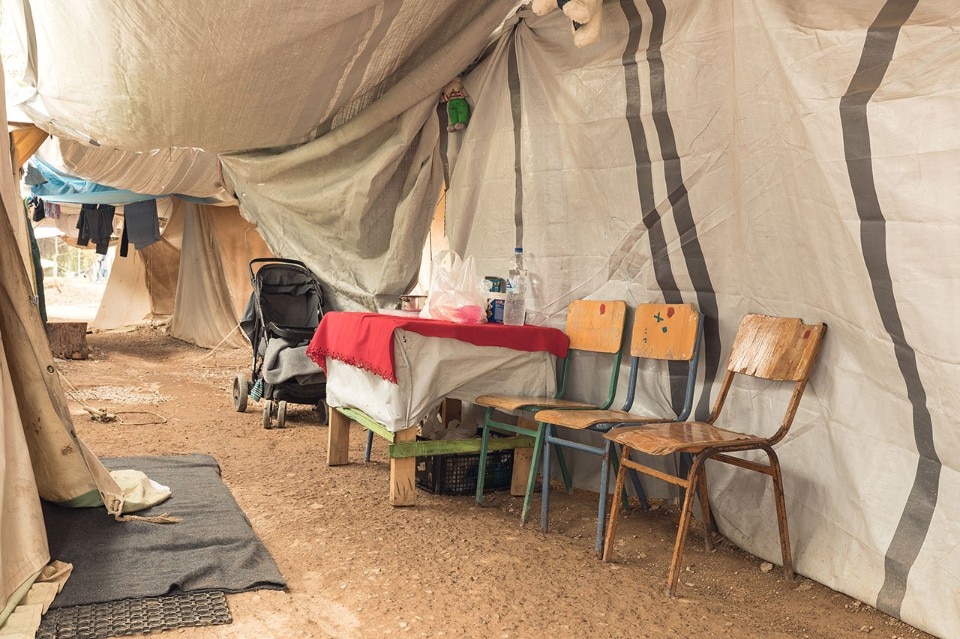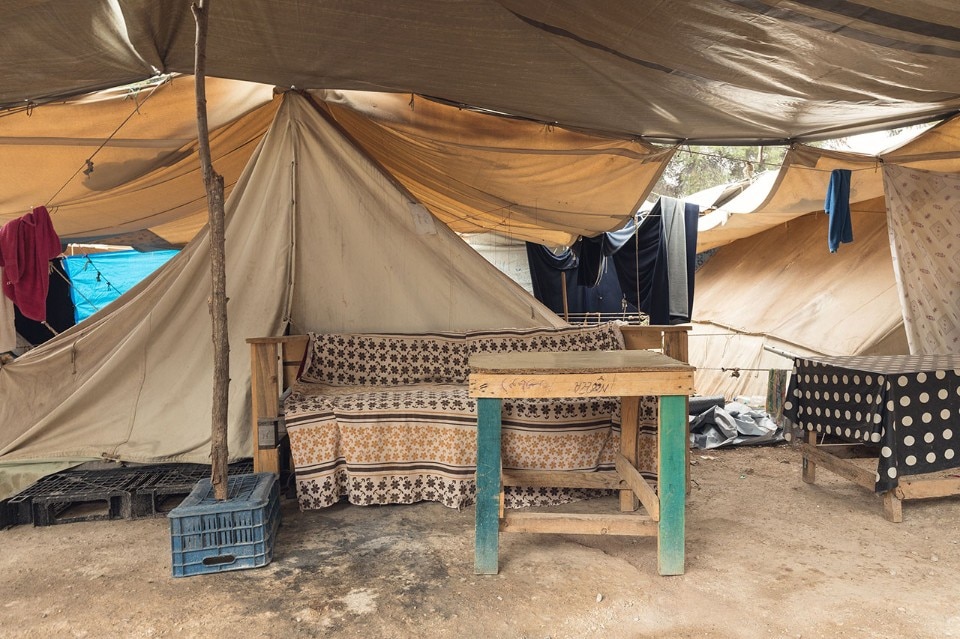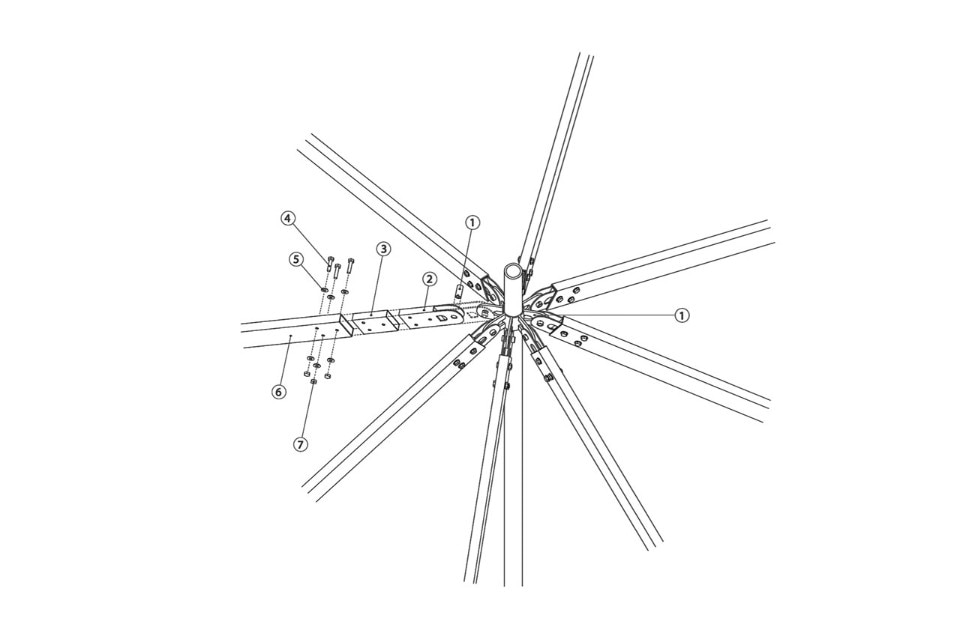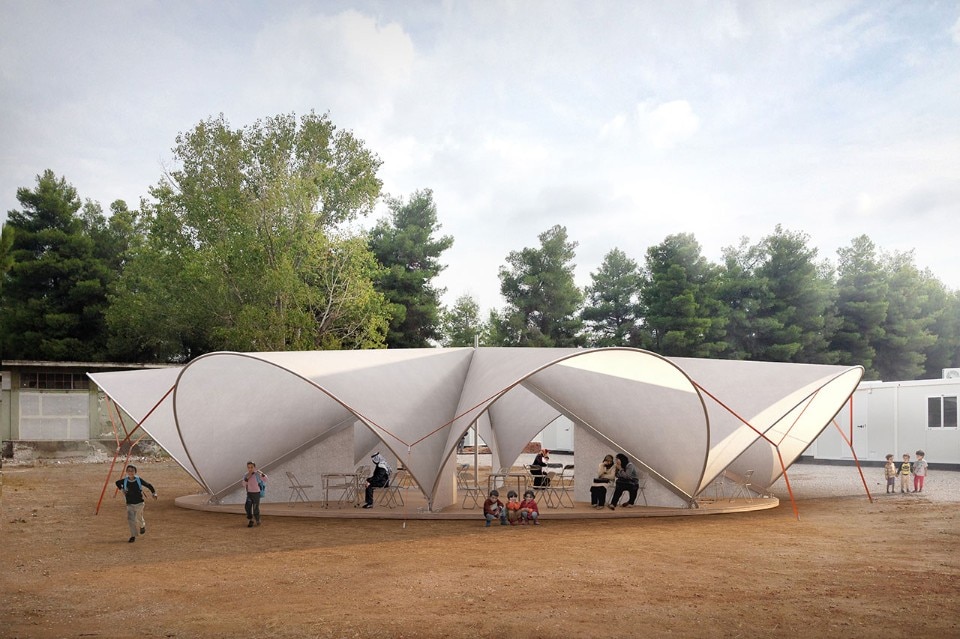
 View gallery
View gallery

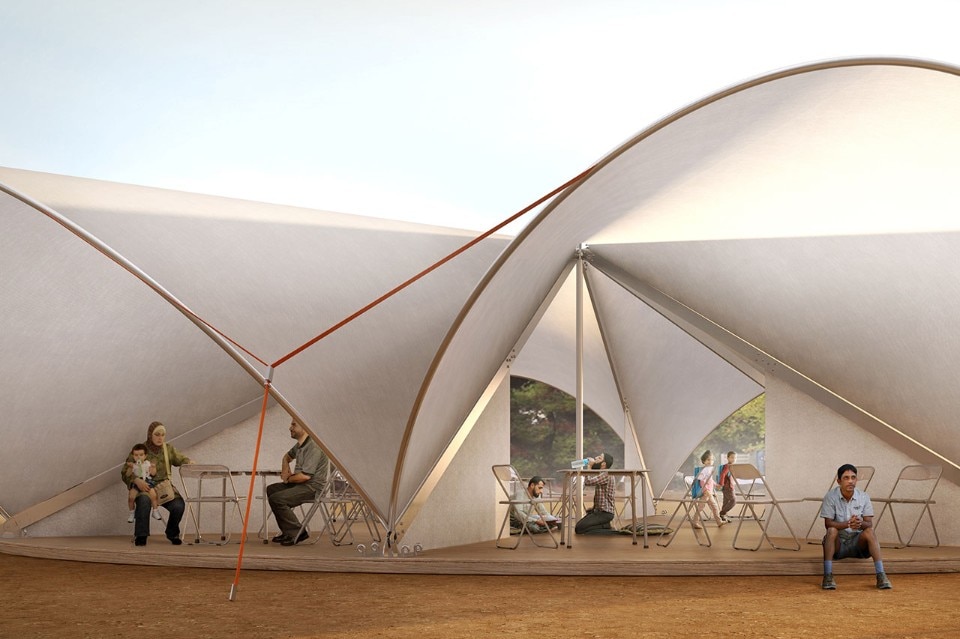
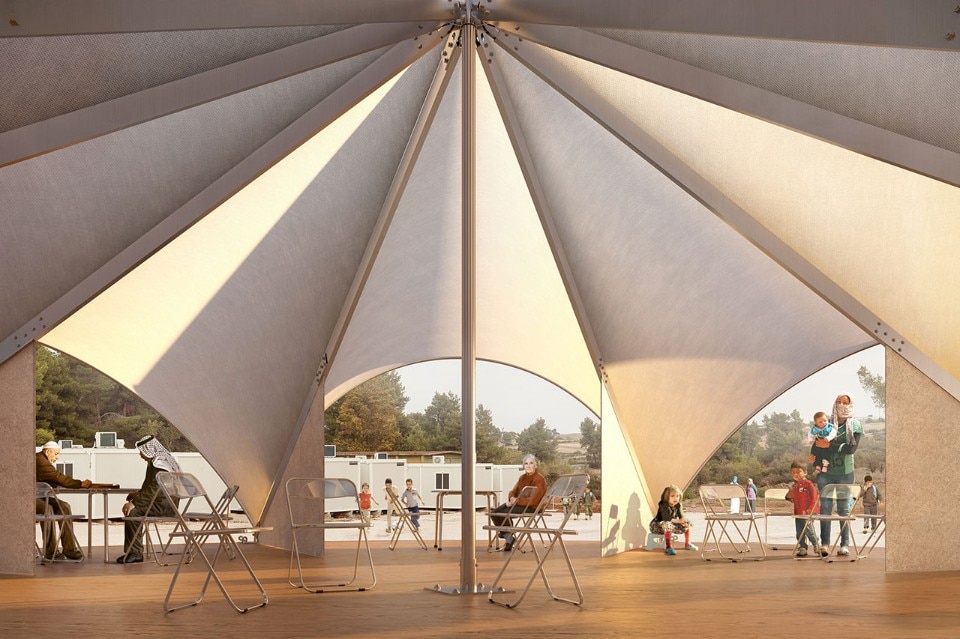
The Maidan tent is the result of the strong will and determination of a group of people and wants to provide an important contribution to improve living conditions of refugees which in recent years are fleeing from their countries of origin towards Europe. Bonaventura Visconti di Modrone and Leo Bettini Oberkalmsteiner are the heart and driving force of this adventure, the first to feel the need and the urgency to promptly act to help people who are desperately crowded together in allocated camps. Their enthusiasm for this project becomes contagious and slowly strikes the cords of an engineer, a photographer, a graphic designer, an architect, a psychiatrist, an organizer of events and a press officer. United by a common aspiration, every one of these people decides to offer their contribution by volunteering and working on the project according to their skills.
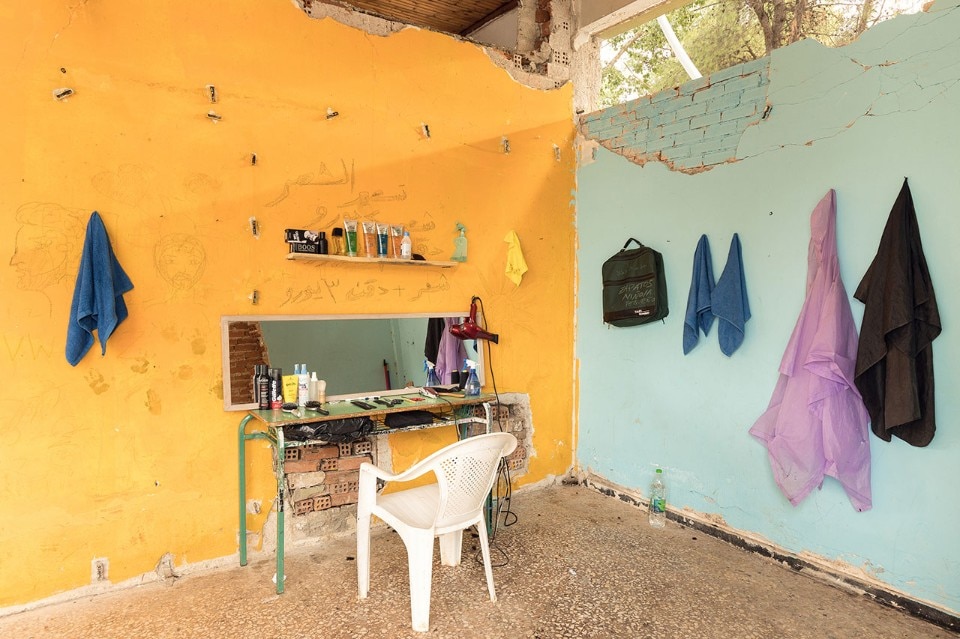
 View gallery
View gallery
Visconti di Modrone and Bettini Oberkalmsteiner commit to the design and realisation of the Maidan tent, and they seek funding in order for this to take place; Delfino Sisto Legnani, photographer, accomplishes a photo campaign by going to the refugee camp in Ritsona, Greece; Clementina Grandi, the organizer of events, works on the realisation of an exhibition on the theme of Maidan tent; Francesca Oddo, the press officer, contributes in creating interest in the media and generating exposure.
“We believe that everyone can make their contribution to this crisis. We are two young architects who, like many others, are living the situation of people fleeing from wars and moving in settlements and refugee camps. We decided to help thanks to, and by means of, our skills and expertise,” the designers of the project said. The International Organization for Migration (IOM) – UN Migration Agency believes in this project so much that it has decided to offer its support
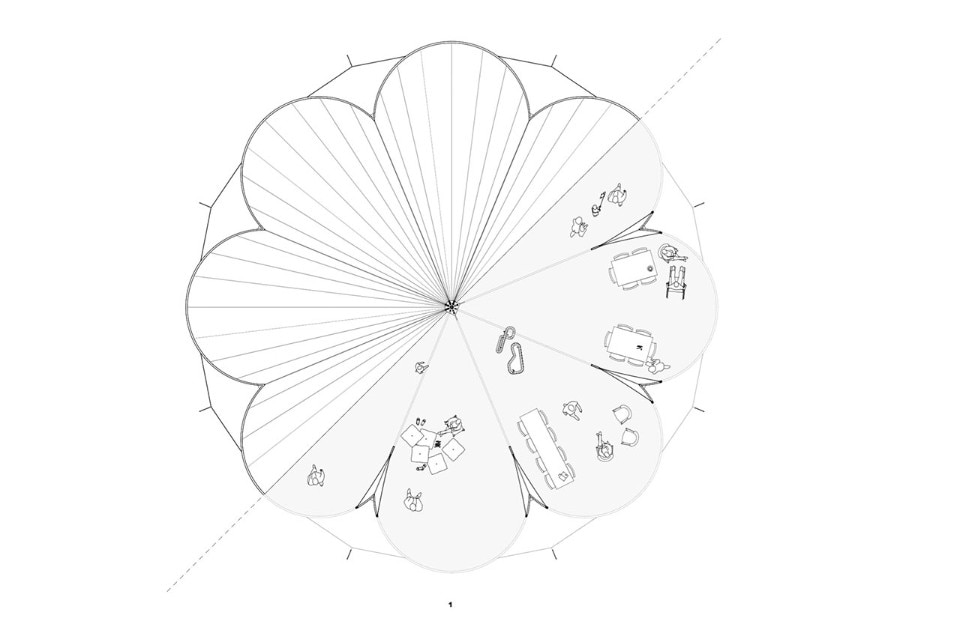
 View gallery
View gallery

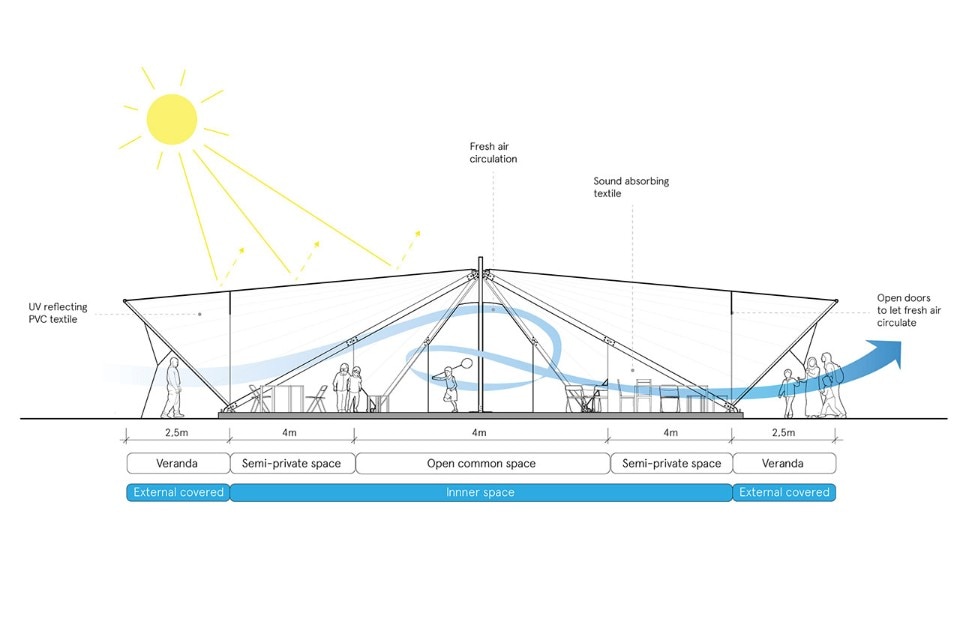
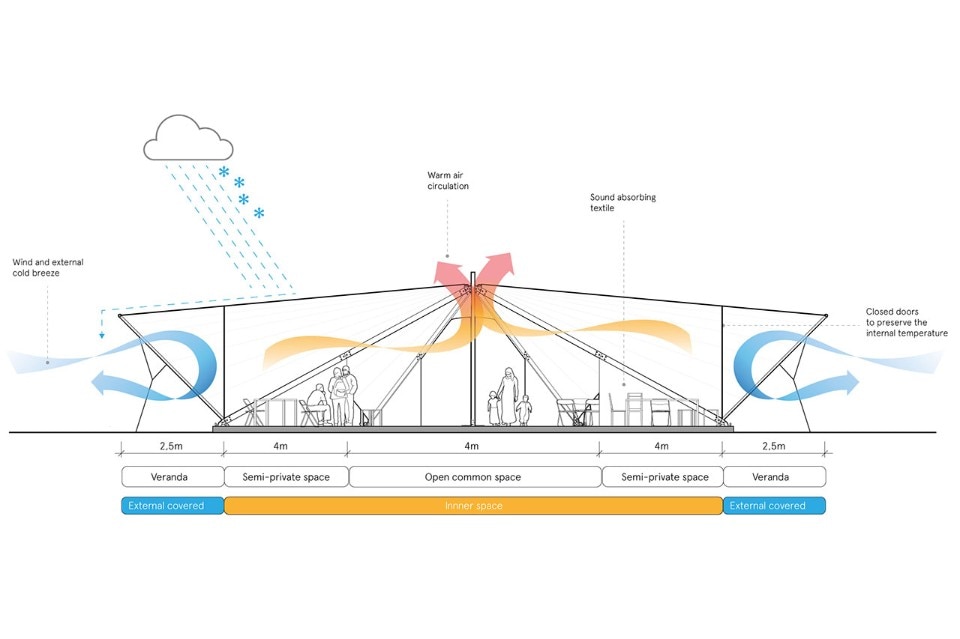
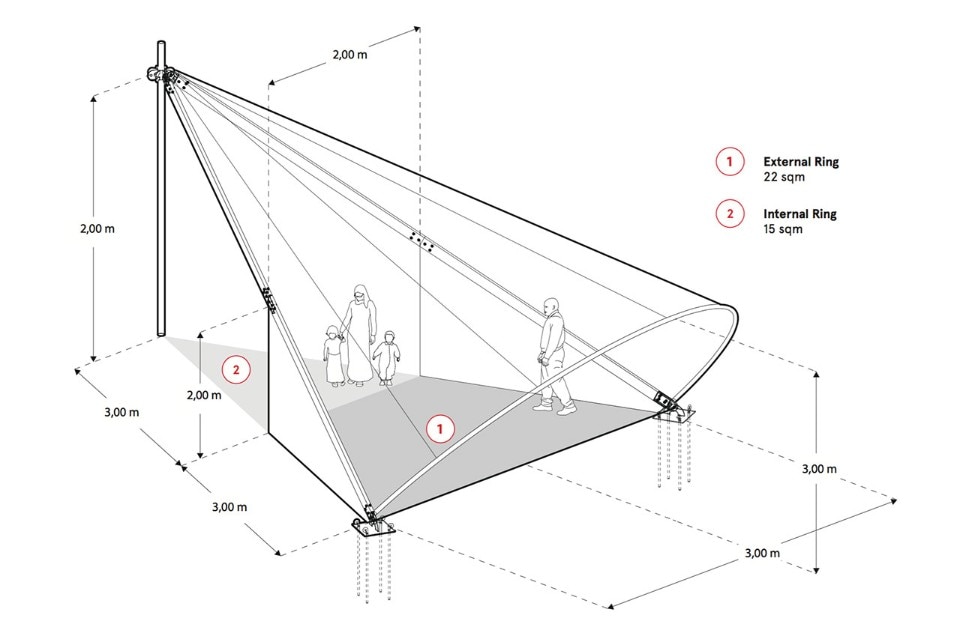
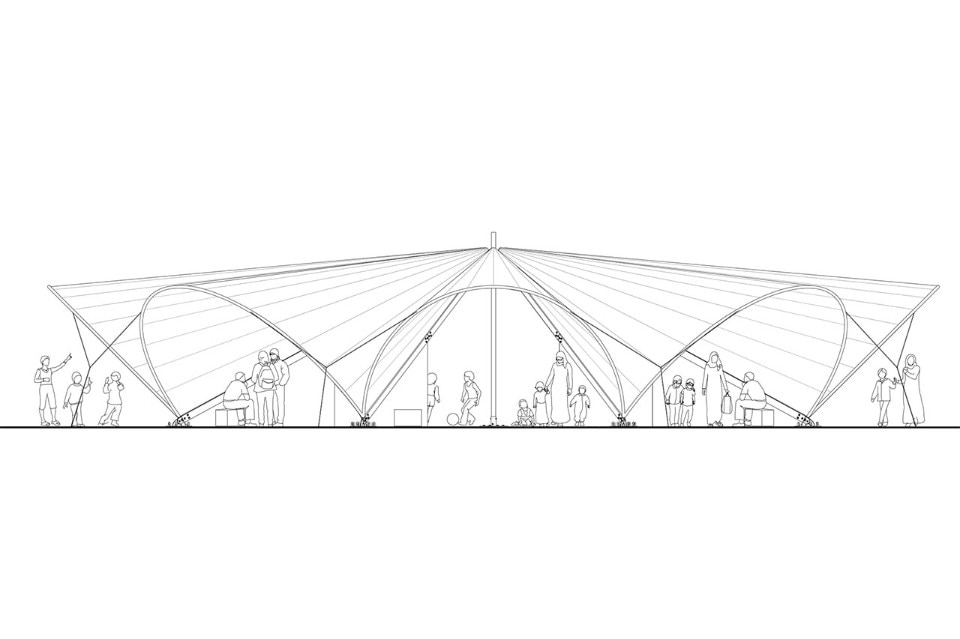
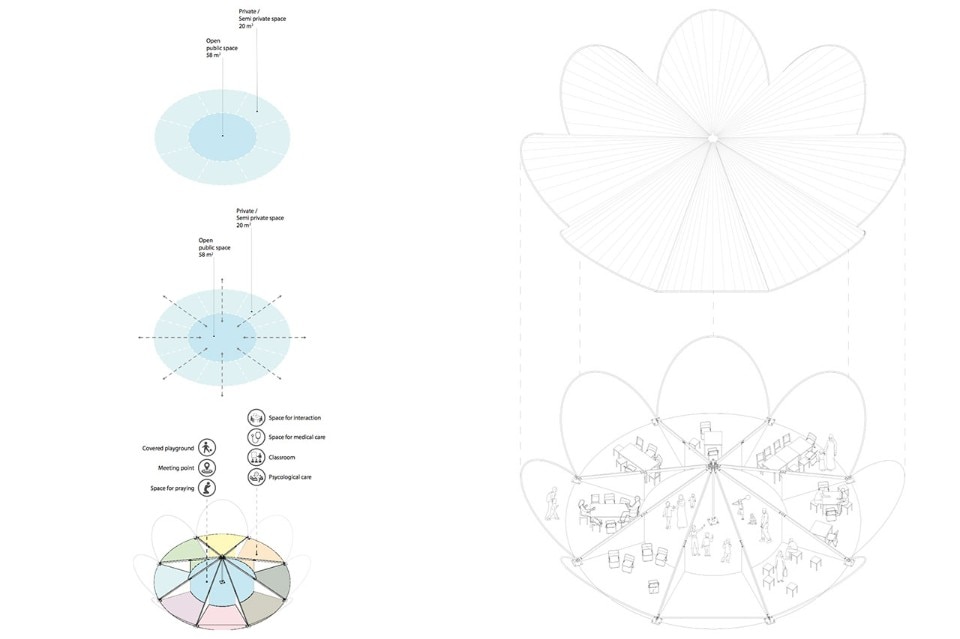
“We have chosen this camp amongst many others present in the country for various reasons: its smaller dimension, would have allowed all the residents to benefit from the tent, by taking turns and without the risk of any strifes (also because at the time, as at present, the funds raised did not allow to produce more than one); moreover, the ONGs working on the territory were interested in experimenting the prototype and help monitor its functioning after installation”, says Visconti di Modrone.
Seven trips followed, to this day, during which the designers have explored and produced a statement, taking awareness of the difficult of the living conditions of the refugees. They listened to their stories, their dramatic and dangerous journeys to get to Europe and escape wars and persecutions.
In refugee camps the uncertainty and seriality of a row without end of tents and containers, along with the lack common areas, can generate alienation and disorientation compared to the protection offered by one's home and to the proximity of one's community. In these conditions, there is no space for comparison. We believe interaction helps to ease sense of loss, but a place where people can meet is needed. Where can this be done, if within refugee camps often indoor facilities are used for family life and lack of space? In a refugee camp it becomes very important to find stability. A public, organised common area, in which you can read, learn, play, interact and weave new friendships, can be a fundamental starting place. In this sense, a movable structure, articulated and integrated with the camp, within which it is possible to meet up and carry out activities protected by the all weather conditions, can be a valid alternative to the routine of the daily life of refugees in the camp.
Maidan tent
Design: Bonaventura Visconti di Modrone, Leo Bettini Oberkalmsteiner
Fundraising: Let’s help people living in Ritsona refugee camp


